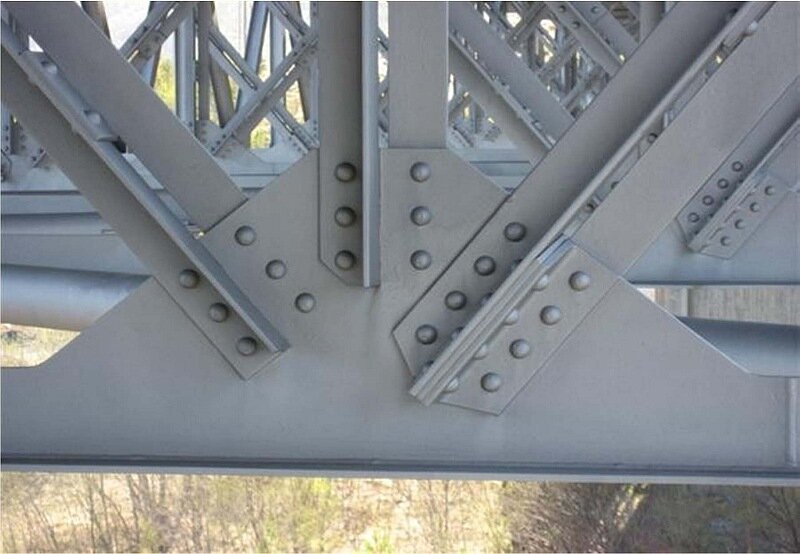Hi Frank
I found your observations v interesting. There was a recent letter to Octane about modern production standards and tolerances giving new cars an almost indefinite mechanical life. I didn't respond, but even discounting the crippling electrical issues, I think this is a very long way from the truth.
I know of an ex-Aston Martin engineer who now specialises in E34 M5's. His own M5 car has done 200,000 (hard) miles on original engine and exhaust, and is now 20 years old. I have another friend with a 6 year old 520d, 75k miles, that needs a new crank... I am well aware of Land Rovers' from 60's and 70's tendency to corrosion, but had no idea things were much better in the 50's.
Incidentally I was struck by your observation that there's no cure for rust. I might draw a parallel and say there's no cure for asthma, heart disease, or diabetes. These are conditions that are "managed" to optimise outcome. Do you think there might be a similarly positive take on rust? E.g. HIV was once a death sentence; it is not yet curable, but it is commonly managed so well that patients are given a near-normal life expectancy. I would hope we can look at rust the same way, not only for the owners of multi-million pound classics, but also for the prospects of my own 19 year old M5.










